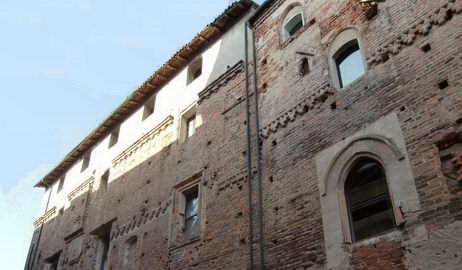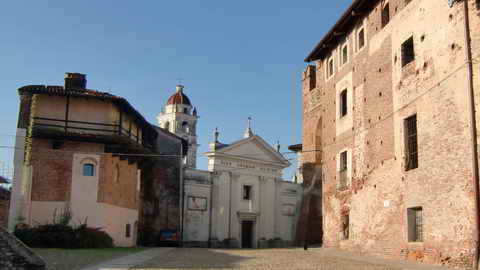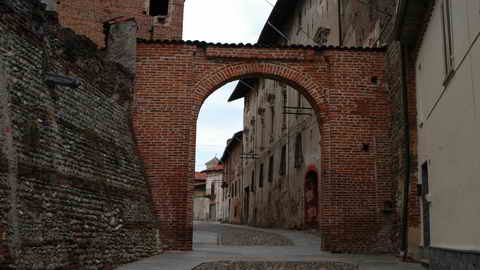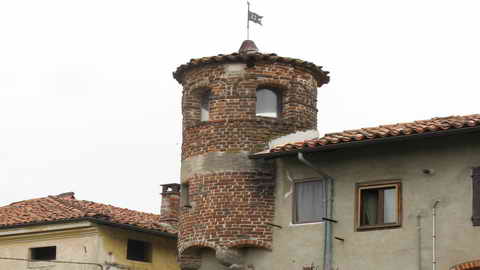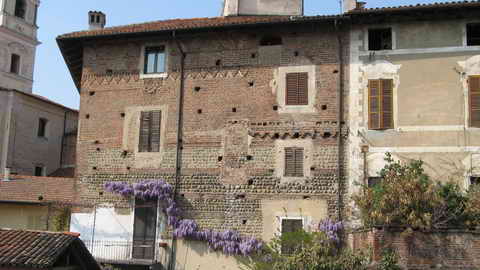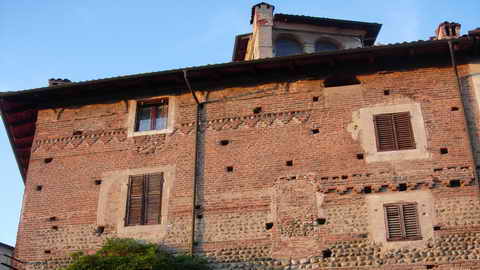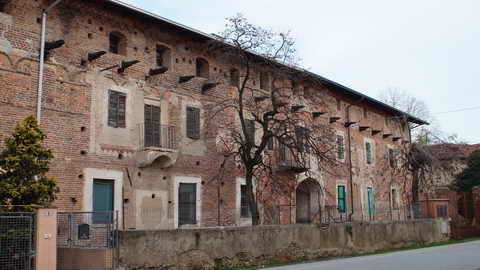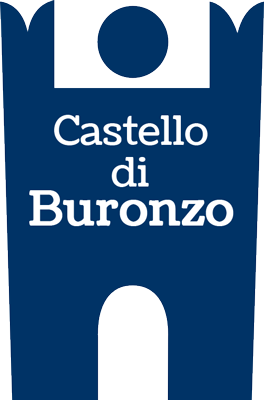The middle ages
The archaeological investigations that were carried out during the restoration of the castle yielded valuable information about the oldest configuration of the fortified complex. The remains of a massive square tower dating back to the twelfth century were discovered near the courtyard of the castle. The tower was originally built on the edge of the Baraggia terrace and surrounded by an enclosure surrounding the other residential buildings. The documents reveal various details about this time. In 1039, Emperor Conrad II confirmed that the site belonged to Guala Casalvolone, a member of a historical family from Novara who was close to royal circles and who gave rise to the lineage of the lords of Buronzo.
The layout changed around the thirteenth century, as the top of the hill was expanded to the west and a new tower was built there, which has still been partially preserved. From the fourteenth century, the increased territorial importance of the lords of Buronzo and the strengthening of their assets led to the beginning of a series of renovations and expansions, with ever larger fortified walls being built between the fifteenth and sixteenth centuries, resulting in the castle’s present configuration. The captivating ruins of the fortress and numerous pebble and brick strongholds bear witness to this medieval period, which saw a flurry of activity and a wealth of architectural initiatives.
